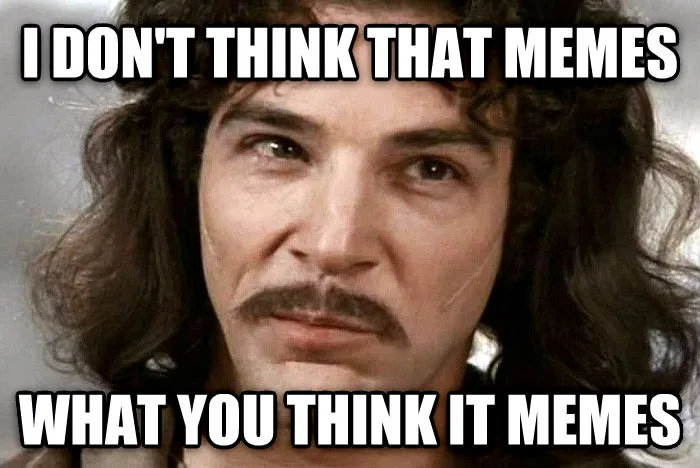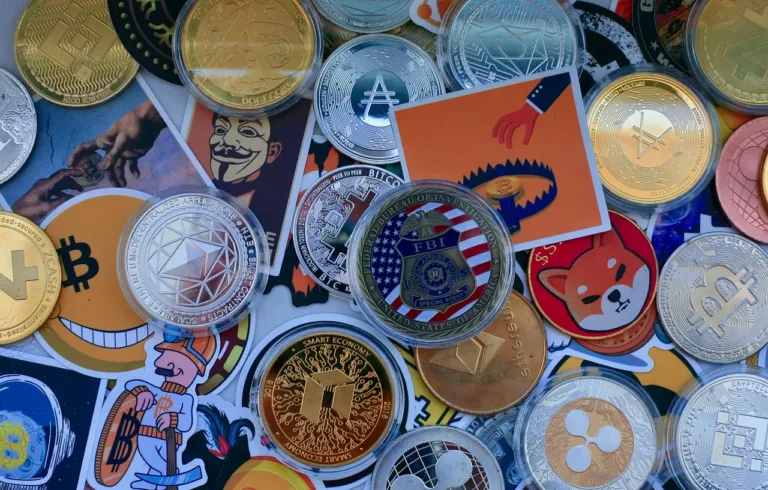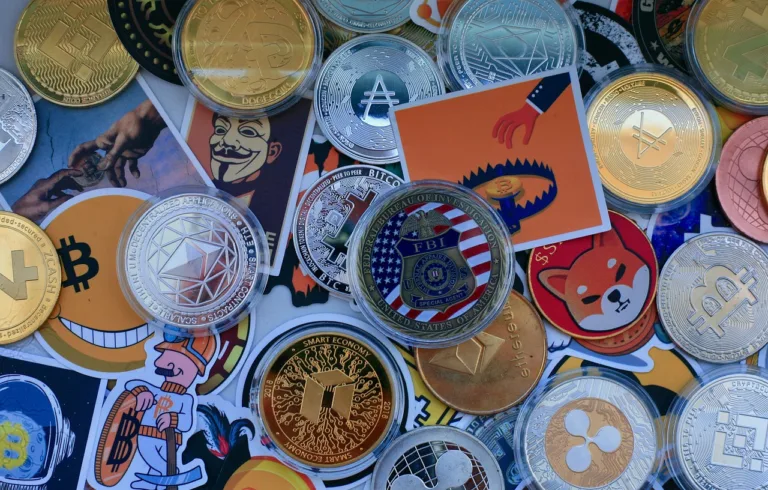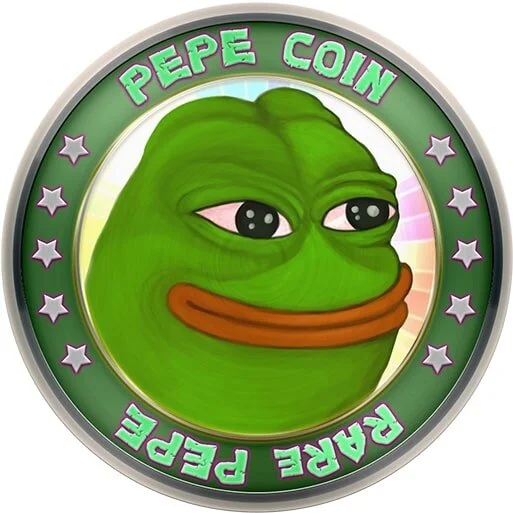What is a Meme? 10 Things You Didn’t Know About Memes (But Should!)
Table of Contents
Decoding the Enigma: What is a Meme, Anyway?
Ah, what is a meme? Those internet-born cultural artifacts that make us chuckle, groan, and sometimes even share a knowing glance with a stranger across the bus. But what exactly are they? Where do they come from? And why do they have such a hold on our attention spans? Buckle up, internet explorer, because we’re diving deep into the fascinating world of memes.
Meme 101: From Biology to Buzzfeed
The term “meme” actually predates the internet by a couple of decades. Coined by renowned biologist Richard Dawkins in his 1976 book The Selfish Gene, it referred to units of cultural information that spread through imitation, similar to how genes spread through reproduction.
Fast forward to the internet age, and “meme” took on a new life. Now, it typically refers to any image, video, text, or even hashtag that spreads rapidly online, often with variations and adaptations. Think of it as a cultural inside joke that everyone’s in on (well, almost everyone).
The Anatomy of a Meme:
So, what makes a meme tick? Here are the key ingredients:
- Relatability: The best memes tap into shared experiences, emotions, or frustrations. We see ourselves (or at least our inner monologue) reflected in them, creating a sense of connection.
- Humor: Laughter is the best medicine, and memes are no exception. A good dose of humor can make even the most mundane topic entertaining (and shareable).
- Uniqueness: A truly great meme has a twist, a surprise element that sets it apart from the rest. It might be a clever caption, an unexpected edit, or just the right facial expression on that cat.
- Virality: The magic of the internet is that things can spread like wildfire. Memes that are easy to understand, share, and adapt are the ones that truly take off.
The Many Faces of Meme-dom:
The world of memes is vast and ever-evolving. Here’s a glimpse into the different types you might encounter:
- Image macros: The classic format, featuring an image with text overlaid on top. Think “Distracted Boyfriend” or “Woman Yelling at Cat.”
- Reaction memes: GIFs or images used to express emotions like surprise, confusion, or approval. Think “Kermit the Frog sipping tea” or “Roll Safe.”
- Rage comics: A slightly older format using drawn characters to express exaggerated emotions. Remember “Forever Alone” and “Me Gusta”?
- Video memes: Short, funny clips that spread like wildfire. Think “Charlie bit my finger” or “Woman falls into fountain.”
- Hashtag memes: Catchy phrases used to spread awareness or humor on social media. Think “#DistractedBoyfriend” or “#ThanksObama.”
Memes: More Than Just a Laugh
While memes are often lighthearted and humorous, they can also serve more serious purposes. They can be used to raise awareness about social issues, promote political messages, or simply connect people with shared experiences. In a way, they’re a reflection of our culture, capturing our zeitgeist and evolving along with it.
So, the next time you see a meme that makes you laugh, take a moment to appreciate the cultural phenomenon it represents. It’s more than just a funny image; it’s a piece of our shared online experience.
Want to dive deeper? Check out these resources:
- Know Your Meme: https://knowyourmeme.com/
- The Museum of the Internet: https://archive.org/
- Richard Dawkins’ book The Selfish Gene
Remember, the best memes are the ones you create and share. So get out there and memeify the world!
P.S. If you enjoyed this article, check out this article about Meme Crypto Tokens and be sure to share it with your friends and fellow meme enthusiasts! And who knows, maybe you’ll even inspire the next viral meme sensation.
So if someone asks you “What is a Meme?” Now you know!





